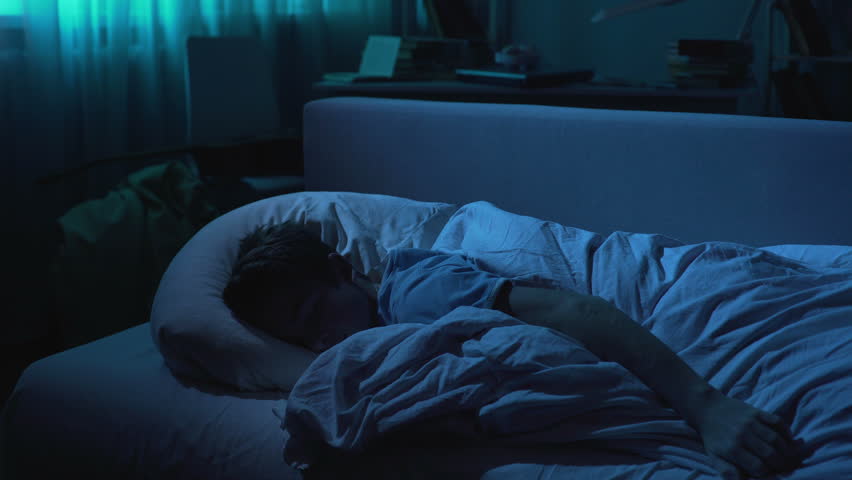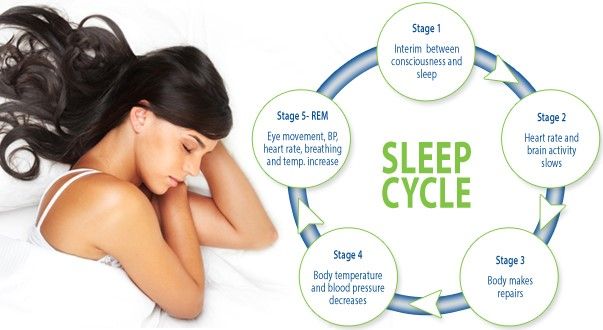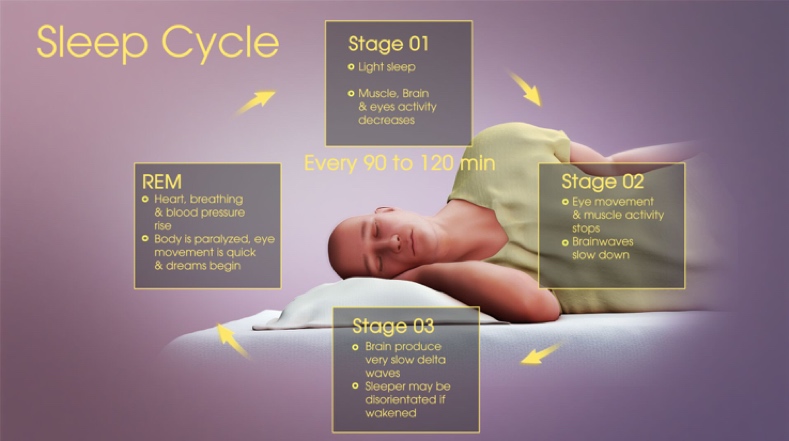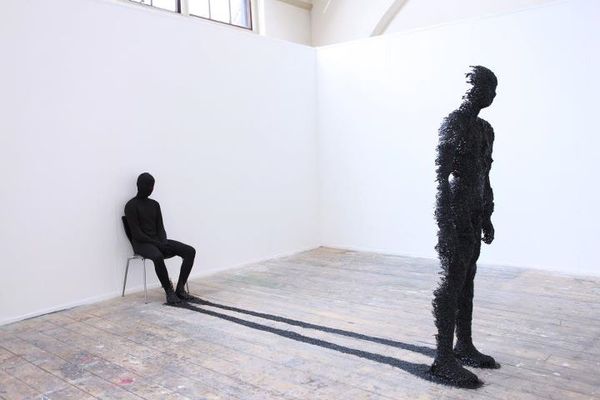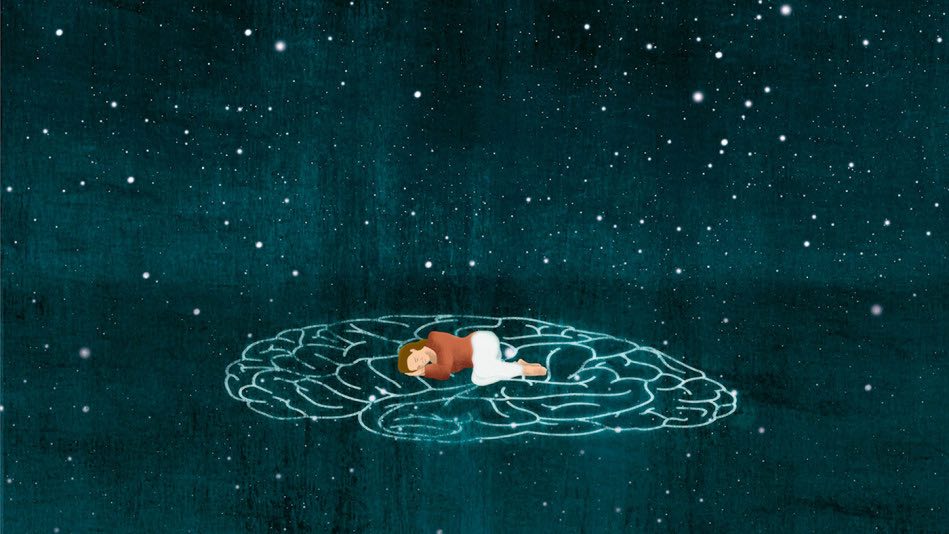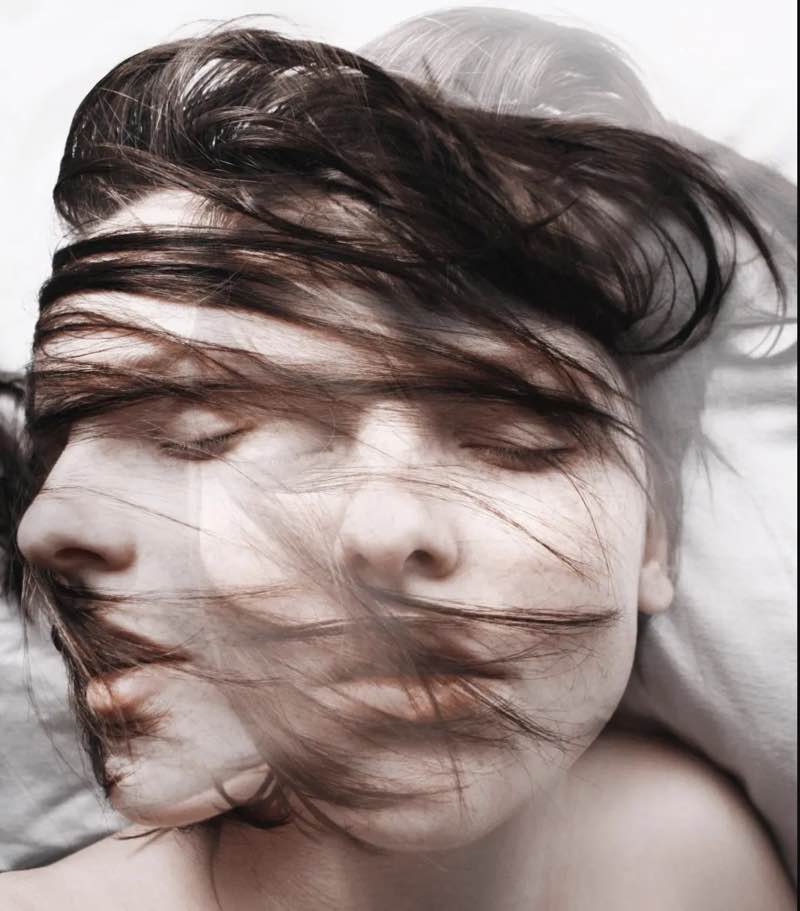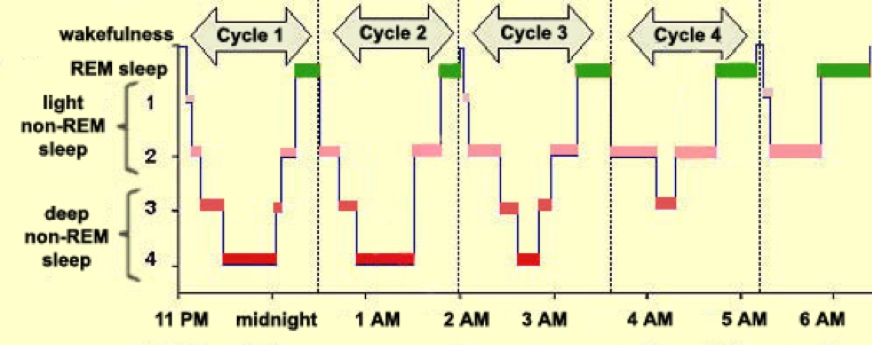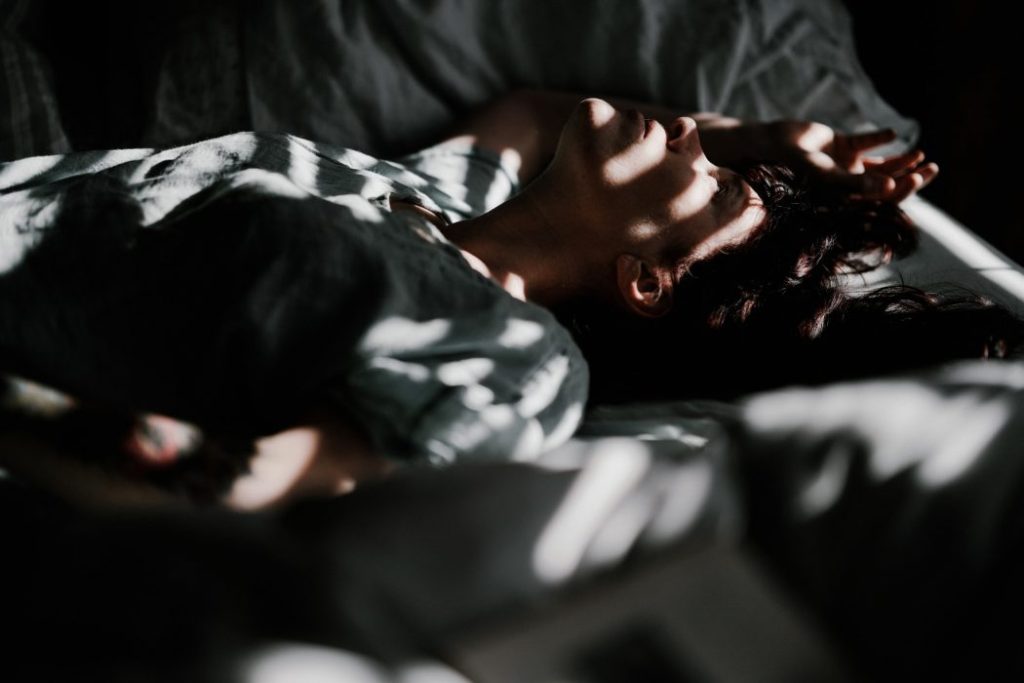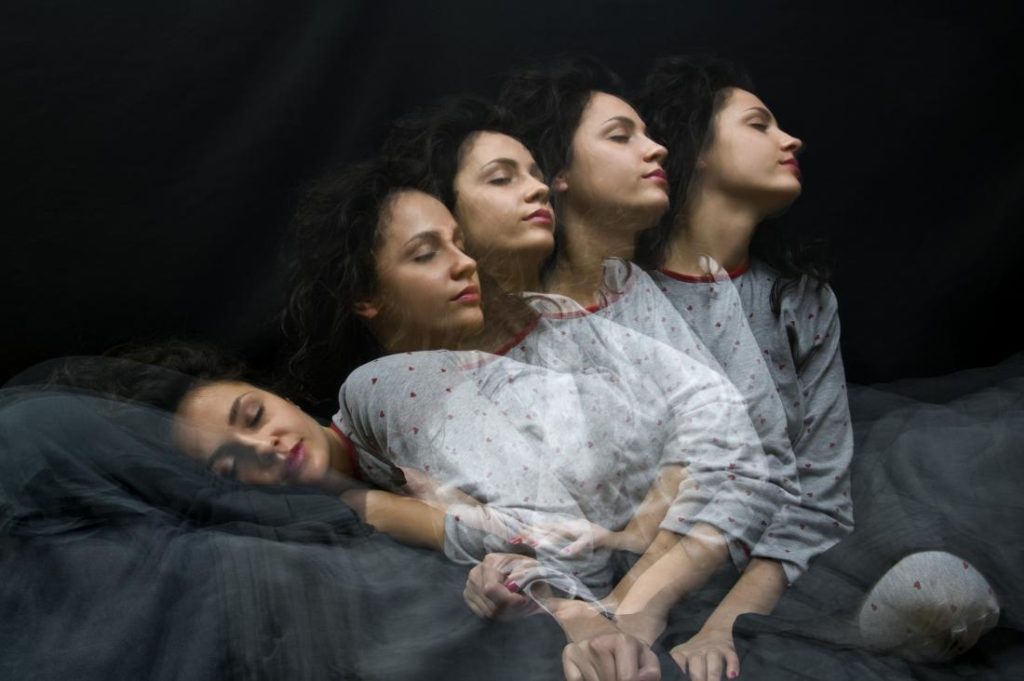We should get a good night’s NREM and REM sleep if we want to feel good the next day.
Why?
Without enough REM sleep we may find it difficult learning new tasks, forming new memories and even fighting off illness and staying emotionally well.
If we miss sleep we expose our body to harmful circumstances that can have lasting impacts, such as difficulty in focusing/concentrating, hallucinations, and general feelings of irritability the next day.
Rapid-eye-movement (REM) is conserved across many different species, including birds, reptiles, along with some aquatic life [1].
In humans, REM sleep has been known to scientists since the 1950s, even though new knowledge is constantly coming above ground on this phenomena.
What’s more interesting is that REM sleep is caused by the secretion of the neurotransmitter acetylcholine, and inversely inhibited by the neurotransmitter serotonin.
This takes place in the pons region of the brain stem. Indicated below:
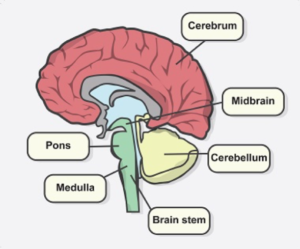
Z-drugs, such as Zopiclone, might be able to act as drivers to assist in sleep maintenance.
As it is considered a hypnotic drug, zopiclone has been implicated as one of many treatments to establish a safe and sound sleeping environment.
This is what your brain might usually look like when you experience REM sleep:
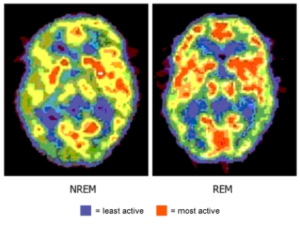
Regions of the brain involved in long-term memory and emotions are very much active during our REM sleep. Source: https://www.howsleepworks.com/types_rem.html
During our peaceful REM sleep our primary visual cortex is very much inactive, whereas our extrastriate visual area of the cortex is active [6].
In addition to this, the hippocampus and amygdala – regions involved in processing emotions and motivation – are very active.
We would expect this to occur when we dream since other areas like the prefrontal cortex (necessary for working memory and attention) is largely inactive.
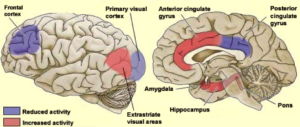
During REM sleep several key brain regions are more active than others.
REM is considered a stage of sleep which is characterised by low muscle tone, rapid eye movements and dreams [2].
In addition, when we are engaged in REM sleep our body and brain act peculiarly different compared to the other stages of sleep.
There are two types of sleep that you’ve probably already heard of:
- Non-rapid eye movement (NREM) – known as quiet sleep
- Rapid eye movement (REM) – this is known as active sleep
Healthy sleep is broken down into four-stage cycles.
The first 4 cycles are considered NREM sleep, with stage 5 being characterised by REM sleep.
Breaking it down on a time-frame, we spend about:
- 50% of the time in stage 2 sleep
- 20% in REM sleep
- 30% in the other sleep stages (listed below).
During stages 1 and 2, we (the sleeper) become detached from the waking world until we reach deep sleep [3].
We have all experienced this feeling…the blissful state when we cannot possibly keep our eyes open.
What’s more, stage 2 lasts for about 20 minutes.
The following occurs during stage 2 sleep:
- Less awareness of our surroundings
- Drop in body temperature
- Regularity of breathing and heart rate.
In laboratory studies, Zopiclone, licensed as Imovane, was shown to shorten stage 1 sleep, with an increased time duration in stage 2 [14].
This shortening of stage 1 sleep was also concluded from a study which evaluated long-term and withdrawal effects of zopiclone [15].
Results from this work also showed that stage 2 sleep was not significantly affected by zopiclone.
In stage 3 and 4, we are in our deepest sleep; this means that the activity of our brain and body sink to their lowest point.
It is interesting to note that during stage 3 sleep, blood is redirected from our brain to our muscles.
During stage 4 sleep, our body is at its slowest [12; 13].
In stage 3 our body undergoes more changes:
- Relaxing of the muscles
- A drop in blood pressure and breathing
- Deep sleep.
Stages 3 and 4 are also called “slow wave sleep” (or SWS), or “delta sleep“.
Someone who is in this stage of sleep may find it hard to awaken from;
it has even been suggested that loud noises over 100 decibels (that’s pretty loud) won’t do the job of waking someone from this deep sleep.
If we were to be awoken during stage 3 NREM sleep, the person will generally feel sluggish and groggy – haven’t we all felt that before?
If so, then it’s because we were engaged in this deep sleep stage.
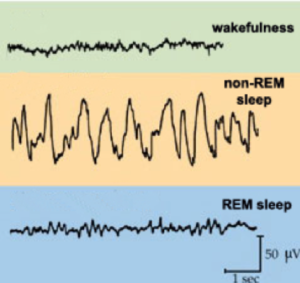
Figure 2. Brain patterns showing what the different types of brain ‘waves’ look like under NREM and REM sleep.
Stage 5 is signalled by the characteristic REM sleep.
Dreams occur during stage 5 sleep, and if someone were to put your brain under a microscope – hypothetically – then they’d see all sorts of busy brain activity.
In REM sleep (stage 5), our muscles are paralysed which makes sense since we are dreaming during this stage.
This is caused by an area of the brain – known as pons [fig.3] – that shut off signals to the spinal cord.
We all have pons in our brain; and that is perfect since it is crucial for life, as it bridges sensory data between the two hemispheres of our brain.

Figure 3. Pons in the brain. Source: http://psychapprentice.weebly.com/psychology-lexicon/pons.
Other interesting physiological changes occur such as the heart rate is often increased with irregular breathing [2].
Have you ever had a dream where you feel you’re ‘falling’?
Well, the pons is responsible for this occurrence during our REM sleep.
From the image above, depicting what’s known as a “hypnogram“, we can clearly see that when falling asleep we sink deeper and deeper, from light non-REM sleep, to deep non-REM sleep.
The characteristic ‘dip’ and ‘rise’ of non-REM sleep pattern leads to REM sleep (seen above as green bars).
Each cycle lasts for around ~ 2 hours where an individual will typically experience 4-5 of these cycles per night (of course, if you’re not woken up).
We need our REM sleep!
Without REM sleep we may be more prone to have difficulty learning new tasks.
This is why we have uninterrupted sleep patterns from a young age, so our learning is largely unimpaired [7].
More importantly, having a decent amount of REM sleep will allow us to feel refreshed the next morning.
Not only this, it has been suggested that REM sleep is linked to emotion.
Experimental work assessing this connection have reported that animals deprived of REM sleep (REM sleep deprivation) show significant impacts on emotion, where fear is diminished [4].
This data has suggested that REM sleep is crucial for maintaining and assessing any danger signals, along with controlling how we react to threatening stimuli [4].
Another contested theory regarding REM sleep is that it functions to facilitate certain memories, with several studies citing a deprivation of REM sleep in rodents can impair the formation of spatial and emotional memories [1].
Although these ideas have been presented in many articles, and discussed in academic circles, REM sleep is still an area of research that requires a lot more prying.
Of importance is the phenomena of “REM sleep behaviour disorder” (RBD), which is characterised when the paralysis that normally occurs during REM sleep is incomplete or absent:
Causing a person with RBD to act out his or her dreams.
In this condition, biological networks, that are otherwise fully functional, are devoid of their function which results in excessive motor behaviours during REM sleep.
The paralysis that normally occurs during REM sleep is incomplete or absent, causing a person with RBD to act out his or her dreams.
What is actually scary is that patients that develop this REM disorder (also categorised as a sleeping disorder) also develop neurodegenerative disease 6-15 years after their initial diagnosis.
REM sleep is so important to our health that actually having enough of it (without annoying interruptions) can benefit our learning, memory and even mood [8].
Healthy sleep also boosts your immune system, and not getting enough of it will certainly leave you susceptible to all sorts of illnesses [9].
SO…
Get your sleep, right.


